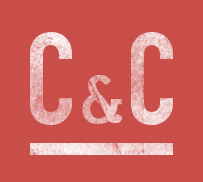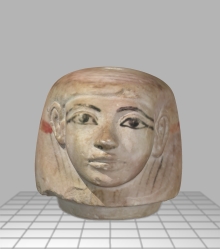Occasionally issues of journals where one might not normally think to look produce thematic issues of interest. Availability online makes them much more discoverable. A case in point:
Revista Arenal» Números» Volumen 18, número 2Benefactoras y filántropas en las sociedades antiguas.
Vol. 18, nº 2
Julio - Diciembre 2011DOSSIER
Benefactoras y filántropas en las sociedades antiguas.
Coordinan: Cándida Martínez López y Dolores Mirón
- María Dolores Mirón Pérez: Las “buenas obras” de las reinas helenísticas: benefactoras y poder político
- Cándida Martínez López: Amantissima civium suorum: Matronazgo cívico en el Occidente romano
- Amparo Pedregal Rodríguez: Las diferentes manifestaciones del patronazgo femenino en el cristianismo primitivo
- Henar Gallego Franco: Domina mea: mujeres, protección y caridad en Hispania tardoantigua (ss. V-VII d.C.)
ESTUDIOS
- Josué J. Justel: Mujeres y género en la historiografía del Próximo Oriente Antiguo: pasado, presente y futuro de la investigación
- Laura Catelli: Barroco español y misoginia: la imagen de María Magdalena en los Desengaños amorosos de María de Zayas
- Alberto Baena Zapatero: Una nueva perspectiva sobre la identidad criolla: la incorporación de las mujeres (s. XVI-XVII)
TEXTOS Y DOCUMENTOS
- Marta del Moral Vargas: La definición de un proyecto de acción política: el reglamento de la Agrupación Femenina Socialista de Madrid (1910)
NOTICIAS
LIBROS RECIBIDOS
PERSONAS EXPERTAS
Other one off journals in AWOL are here, here, here, here, here, here,here
And see AWOL's Round-up on Women/Gender/Sexuality in the Ancient World
And see AWOL's Round-up on Women/Gender/Sexuality in the Ancient World
See the full List of Open Access Journals in Ancient Studies
 Le Palais de Maât - Rapport 2010 (J. Karkowski)
Le Palais de Maât - Rapport 2010 (J. Karkowski)




 Abstract
Abstract Full Text - PDF (1.16 MB)
Full Text - PDF (1.16 MB)











